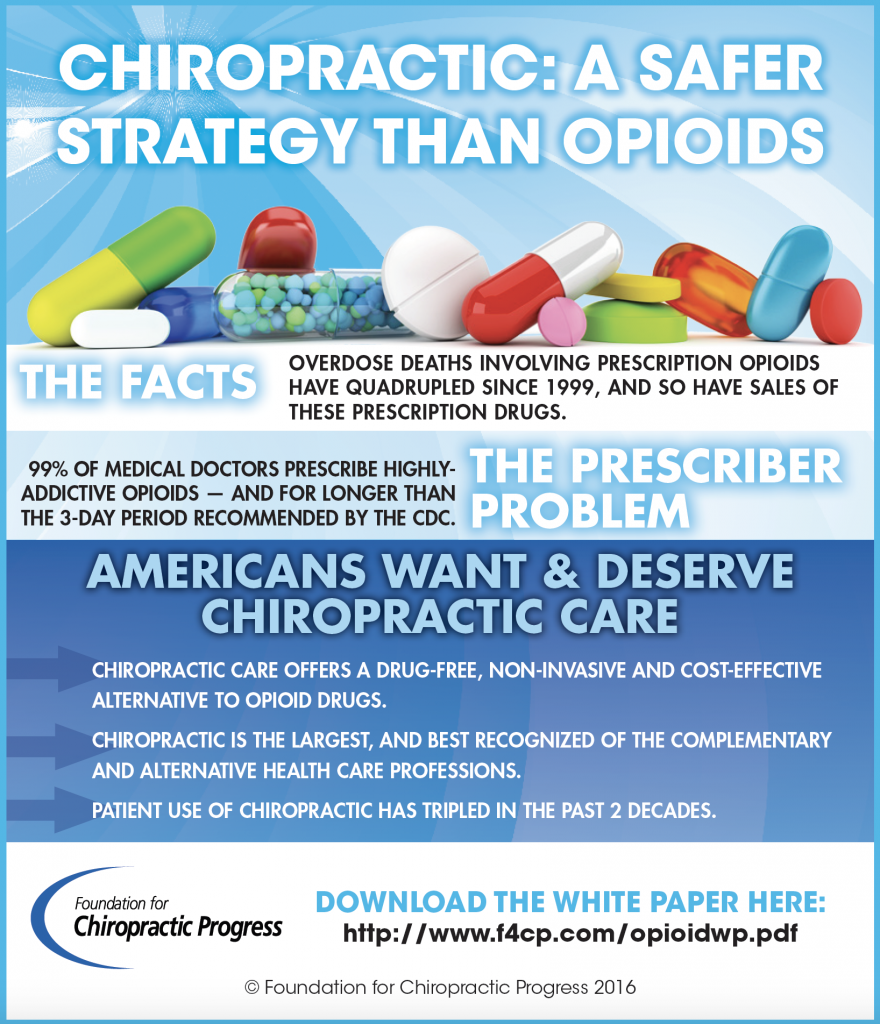Prepare Yourself To Uncover The Captivating Mobile Interactions Connected With Cold Laser Therapy And Its Usage Of Light For The Purpose Of Recovery. Explore The Midsts Of Science Even Further!
Prepare Yourself To Uncover The Captivating Mobile Interactions Connected With Cold Laser Therapy And Its Usage Of Light For The Purpose Of Recovery. Explore The Midsts Of Science Even Further!
Blog Article
Content Create By-Krog Hanna
You may have come across cold laser therapy as an encouraging therapy choice for different conditions, yet have you ever questioned exactly how it really services a cellular level? Comprehending the systems behind this therapy can clarify its effectiveness in advertising recovery and lowering inflammation. By discovering the science behind cold laser treatment, you'll gain understandings into the interesting ways in which light can influence mobile procedures and assist in tissue repair service.
Just How Cold Laser Therapy Works
To recognize just how cold laser treatment functions, you need to grasp the basic principles of how light power connects with biological cells. Cold laser treatment, likewise referred to as low-level laser therapy (LLLT), utilizes particular wavelengths of light to pass through the skin and target underlying tissues. Unlike the intense lasers used in surgeries, cold lasers discharge reduced levels of light that do not produce warmth or trigger damages to the cells.
When these gentle light waves get to the cells, they're taken in by parts called chromophores, such as cytochrome c oxidase in mitochondria. laser acne treatment near me of biological actions, consisting of enhanced mobile power manufacturing and the release of nitric oxide, which boosts blood flow and lowers swelling.
In addition, the light power can additionally boost the production of adenosine triphosphate (ATP), the energy money of cells, helping in cellular fixing and regrowth processes.
In essence, cold laser treatment harnesses the power of light energy to advertise recovery and ease discomfort in a non-invasive and gentle way.
Devices of Action
How does cold laser therapy actually work to produce its healing effects on biological tissues?
Cold laser treatment, also called low-level laser therapy (LLLT), operates via a process called photobiomodulation. When the cold laser is put on the skin, the light energy penetrates the tissues and is soaked up by chromophores within the cells.
These chromophores, such as cytochrome c oxidase in the mitochondria, are then boosted by the light power, bring about a cascade of organic reactions. One crucial system of action is the improvement of mobile metabolism.
https://www.oregonlive.com/health/2022/11/dear-doctor-what-are-pluses-minuses-of-turp-procedure-for-men-with-prostate-issues.html absorbed light power increases ATP manufacturing in the mitochondria, which is crucial for cellular function and fixing. In addition, cold laser treatment helps to lower inflammation by preventing inflammatory moderators and promoting the release of anti-inflammatory cytokines.
This anti-inflammatory effect contributes to pain alleviation and tissue healing.
Healing Results
Comprehending the restorative impacts of cold laser therapy includes recognizing how the boosted cellular metabolic rate and anti-inflammatory residential properties add to its positive outcomes on biological tissues.
When the cold laser is applied to the damaged area, it boosts the mitochondria within the cells, causing boosted production of adenosine triphosphate (ATP), which is critical for cellular feature and repair. This boost in cellular energy speeds up the recovery procedure by promoting tissue regrowth and decreasing swelling.
Furthermore, the anti-inflammatory properties of cold laser therapy aid to decrease discomfort and swelling in the targeted area. By preventing inflammatory mediators and promoting the launch of anti-inflammatory cytokines, cold laser treatment aids in alleviating discomfort and enhancing the total healing reaction.
This reduction in swelling not only provides prompt alleviation yet also sustains long-lasting cells repair work.
Final thought
To conclude, cold laser therapy functions by stimulating cellular repair service and tissue regeneration with photobiomodulation. Its anti-inflammatory residential properties provide pain relief and lower swelling by inhibiting inflammatory moderators.
This therapy offers an extensive approach to healing, providing both immediate alleviation and long-lasting tissue repair advantages.
With its systems of action, cold laser therapy confirms to be an effective and appealing therapy choice for a variety of problems.
